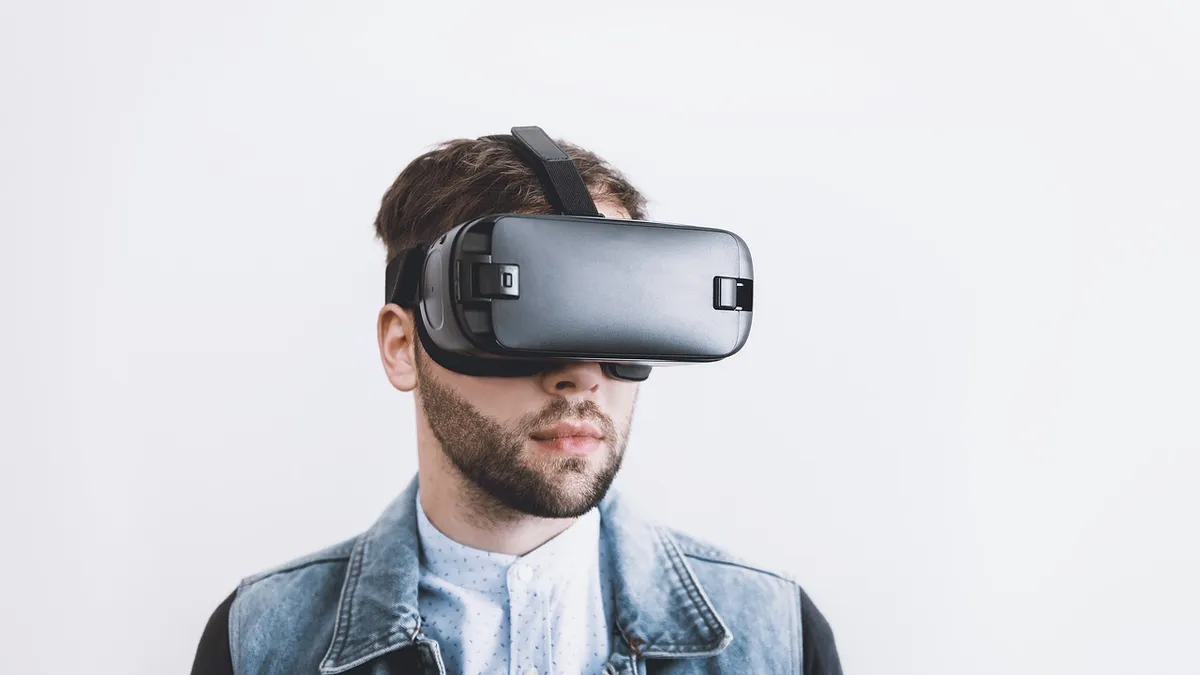Dive Brief:
- Virtual reality training can boost employee safety, according to a new study from The Human Factors Research Group at the University of Nottingham. The group created hazardous scenarios for safety and health training to determine whether would be more engaged with the training and take safety more seriously.
- In an immersive VR simulation of a fire evacuation, VR headsets were used in conjunction with heat from heaters and smoke from a scent diffuser to create a multisensory environment. Another group was exposed to the scenario with only the audio and visual elements.
- The workers who went through the multi-sensory VR training showed a greater sense of urgency than the A/V group who, researchers believed, were treating the experience more like a game. The VR group was more likely to avoid virtual fires than their counterparts. And although the non-VR trained group had a higher level of knowledge immediately after training, that decreased in just a week. The VR-trained workers' long-term retention was higher and reported higher levels of engagement and willingness to take more training on in the future.
Dive Insight:
Research continues to suggest that VR is becoming a vital resource for employee training. Implementing that premise, some employers are using the technology to train groups of workers simultaneously, cutting training time in half while maintaining the integrity of the program.
Large companies have led the way in adopting such training, with Walmart supplying VR headsets to every one of its U.S. locations. Employees use the tech to upskill on specific protocols and even prepare for stressful store events like Black Friday sales.
Once thought to only be valuable in direct skill and safety training, VR and augmented reality are moving into the soft skills space, as well. Employers are using it to improve communication skills, teach workers to manage stress and work through sexual harassment recognition and prevention, all while in a safe, controlled environment.













